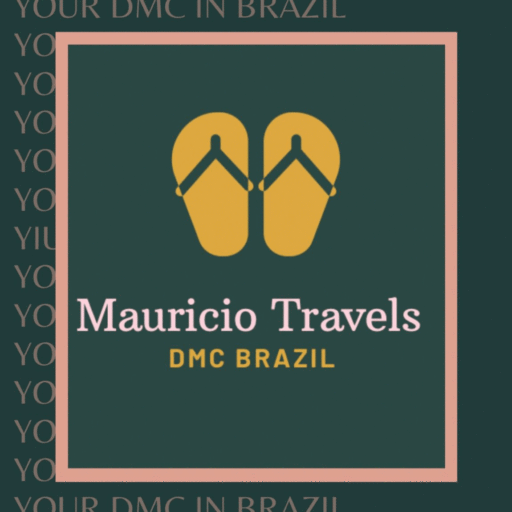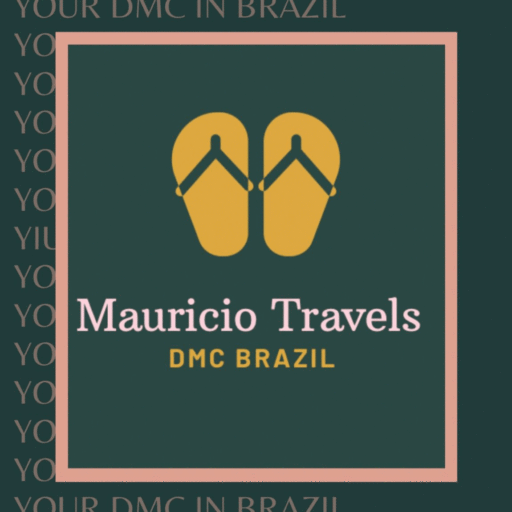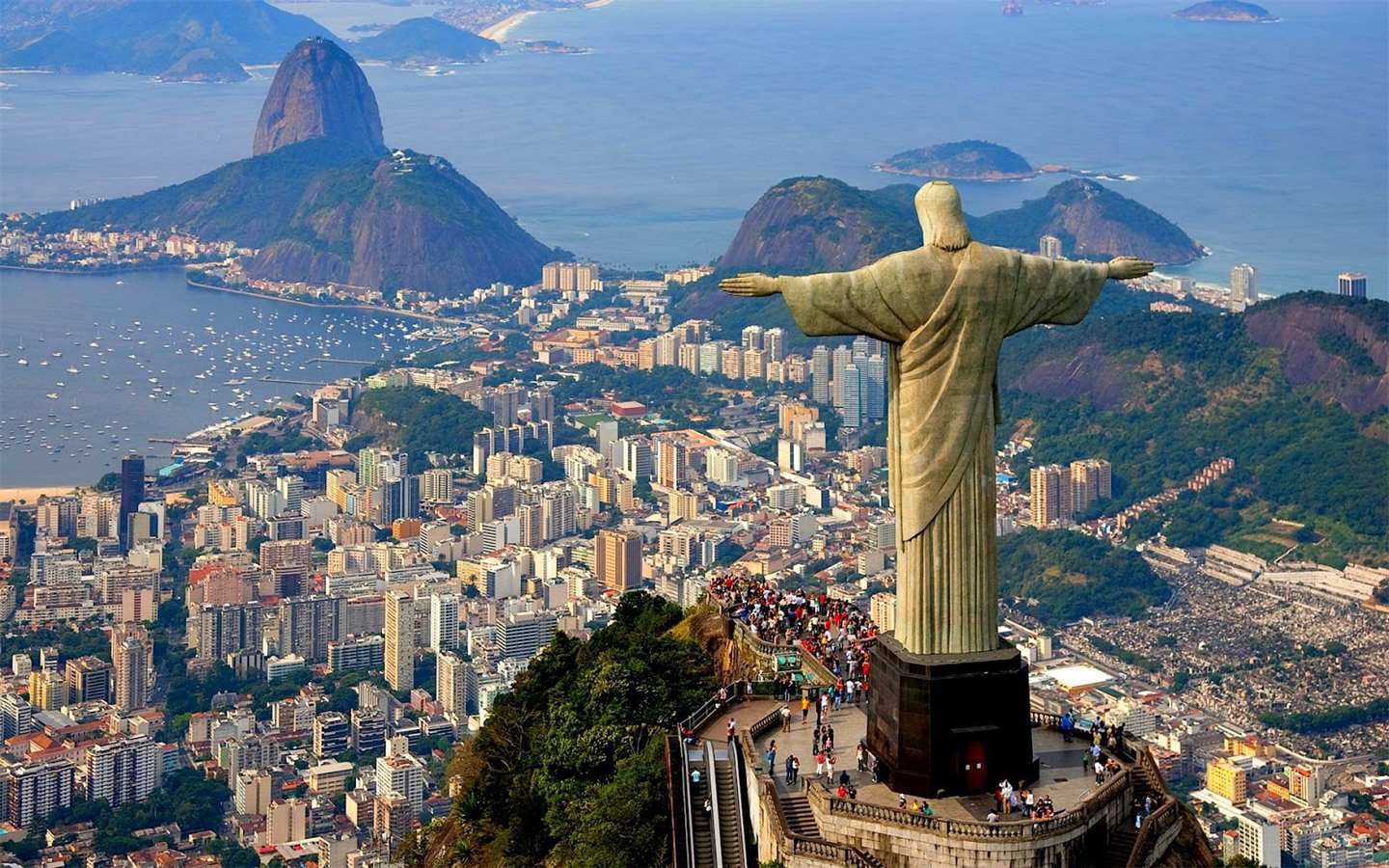Money
The Brazilian monetary unit is the real (plural, reais). There are 100 centavos to the real (R$). Avoid using notes of high value, as they are rarely used and therefore accepted with the highest suspicion.
Since 1986, the name of Brazil’s currency has changed 5 times. From ‘cruzeiro’ to ‘cruzado’ and back again to ‘cruzeiro’. After this it became “cruzeiro real” and in 1994 it became the “Real,” the currency still used today. Until 1999, the U.S. dollar and the Brazilian Real were equal to each other, but as a result of global financial crisis, the value of the Real dropped significantly.
There are coins of one, five, 10, 25, 50 centavos and a coin of 1 Real. In addition, there are bills of one, five, ten, twenty, fifty and one hundred Real…. The official exchange rate is published daily in the newspapers. For today’s exchange rate, please see here https://www.xe.com/currencyconverter
There are many banks in Brazil, among them the national banks the bigger are preferable, banks like Banco Itaú, Banco Bradesco, Banco do Brasil and Banco Real. Also some multinational banks are represented like Citibank and HSBC. With bankcards and credit cards issued in other countries than Brazil, it is possible to withdraw money in most banks.
It can be advisable to go to the exchange office or to the cash dispensers at the International airports upon arrival. Notice that most cash dispensers have the “Visa” and “MasterCard” symbols, but not all of them make it possible to make transactions with foreign credit cards.
The Brazilian currency ‘Real’ can not be changed outside of Brazil. When leaving Brazil, change the local currency for dollar before you pass the passport and airport security controls. The other side is an international restricted area and there you cannot change ‘Real’, and all purchases are in US dollar.
The US dollar is by far the most widely accepted foreign currency in Brazil. It’s always good to hide a small amount of dollars in case of emergency.
Most major international credit cards are accepted in Brazil. Credit card receipts from stores and restaurants will be priced in reais although you will be billed in the currency of your own country, the official exchange rate having been taken into consideration. Visa is the most spread card in Brazil and secondly MasterCard, but exclusive restaurants, hotels, and shops accept American Express and Diners Club too. Purchases with credit cards give the most favorable exchange rate.
If you go traveling into the interior and smaller cities, it is recommendable to take cash with you. Pay attention to shops’ quotations, “partial payment with credit card”, this only works with domestic issued credit cards.
Whenever you intend to use your credit card, ask before for its acceptance to ensure your payment by means of your credit card. Some shops and restaurants still uses the old system with carbon-paper, in this case always be careful and destroy these carbon-papers after signing, to avoid any copy-falsification of your credit-card. Always keep the number of your credit card on a separate record in case of loss. Always keep the records of your card-number and emergency telephones abroad at your destination in your luggage or on a different place than your card.
NB: Traveler’s checks may be safer than cash and credit cards, but it can be hard to exchange them, especially outside of São Paulo and Rio de Janeiro.
Get used to keep small change and a few banknotes in a shirt pocket so that you can pay small expenses without extracting large amounts of money which could quickly attract attention. This easily accessible money is also useful to rapidly please a mugger. If you carry a wallet, keep it in you front pocket, and don’t use it on public transport or in crowded places where is might attract unwelcome attention.





